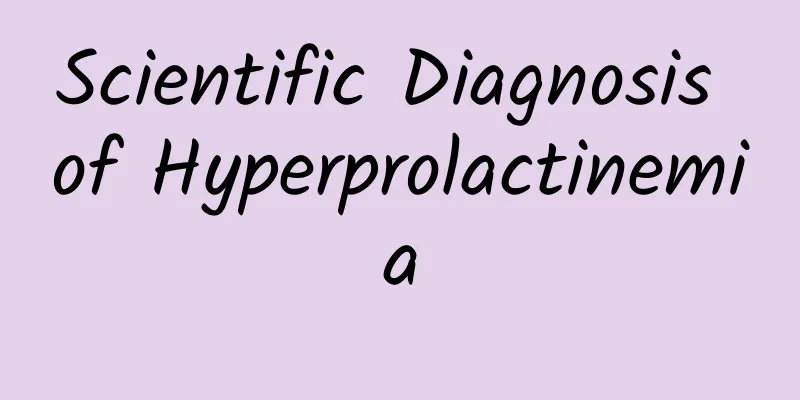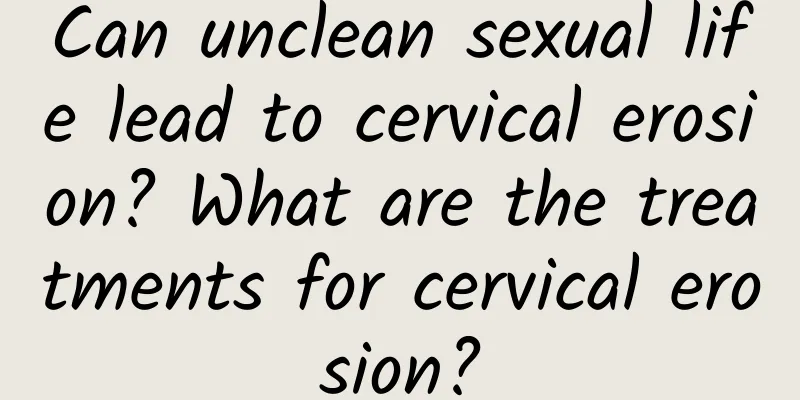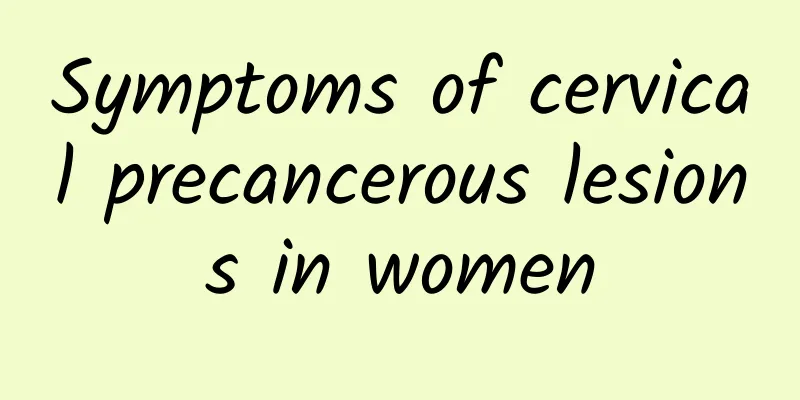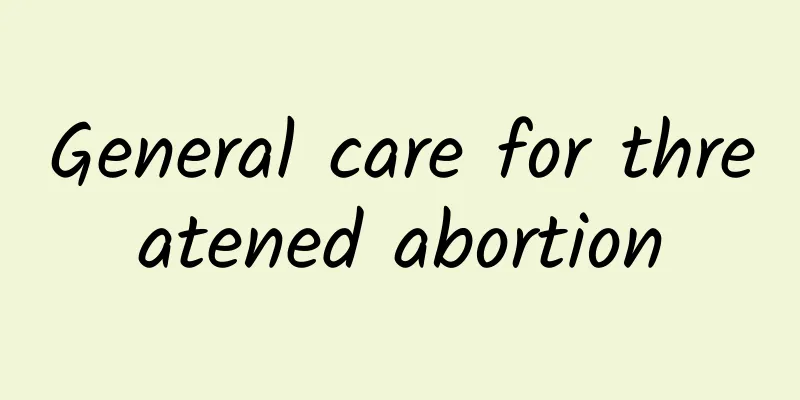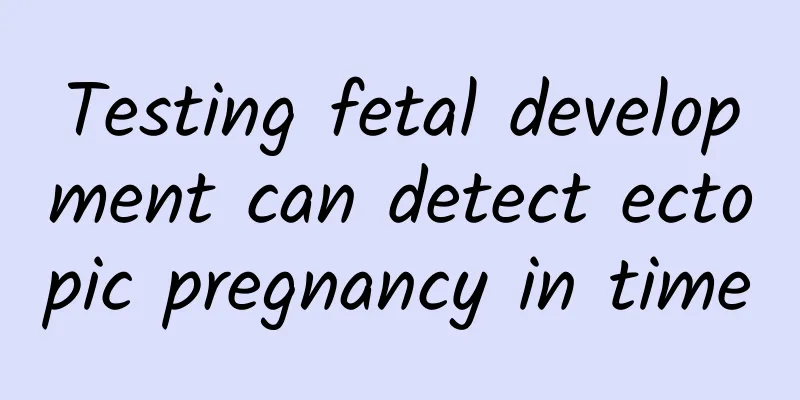What should be paid attention to before uterine fibroid surgery? Under what circumstances does uterine fibroid need to be removed?
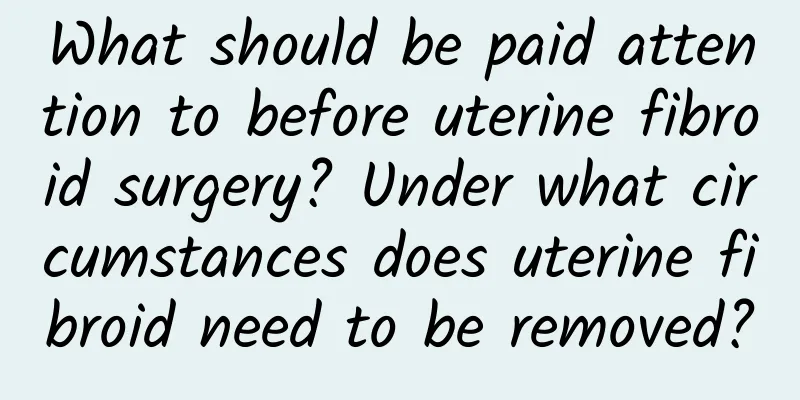
|
Women must understand this before undergoing surgery for uterine fibroids. 1. Myomectomy: It is a surgery to remove the fibroids on the uterus and preserve the uterus. It is mainly used for women under 45 years old, especially those under 40 years old. This is not only an operation for infertile women who have no children, but also for women with existing children. The fibroids are large and the diameter is greater than 6cm; the menstrual period is too much and conservative drugs are ineffective; or there are compression symptoms; submucosal fibroids; fibroids grow rapidly. Resection should also be performed for mental health. As for the number of fibroids, it is usually limited to 15 or less. No matter how many children there are, even more than 100, there are examples after resection. In order to prevent the fibroids from growing again before or after uterine fibroid surgery, Qinghonggongqing tablets can be taken to prevent the fibroids from growing again. After abdominal uterine myoma resection, in order to prevent postoperative abdominal adhesion, the uterine incision should be the anterior wall, the incision should be as small as possible, and as much fibroids as possible should be removed from the incision. Penetration of the endometrium should also be avoided as much as possible. The incision should be completely hemostatic, and the incision should be sutured without leaving a dead cavity. The postoperative uterine incision should be peritonealized as much as possible. Submucosal fibroids can be removed vaginally, and excessive traction should be avoided during resection, and the uterine wall should not be damaged during resection. Unresected fibroids can also be removed through the abdomen. Postoperative treatment should give hemostatic drugs and antibiotics; non-pregnant women should take contraceptive measures for 1 to 2 years; future pregnancies should be alert to uterine rupture and placenta implantation, and full-term selective cesarean section. Recurrence may also occur after myomectomy, and regular examinations should be conducted. 2. Hysterectomy: It is expected that treatment and drug therapy will not improve the patient's symptoms, and the surgical staff is not qualified for myomectomy, so hysterectomy should be performed. Hysterectomy can choose total hysterectomy or vaginal hysterectomy. Hysterectomy is mainly abdominal, individual tumors are small, there is no inflammation and adhesion in the appendages, the abdominal wall is too fat, and abdominal wall eczema can be considered vaginal. The advantages of abdominal surgery are: the technical operation is simpler than vaginal surgery, with less bleeding; large fibroids and adnexal adhesions are also easy to handle. The disadvantage is that if the rectum and bladder are swollen and the vaginal wall is loose, a separate vaginal surgery is required. Anatomical variations of pelvic organs (ureters, bladder, rectum, large blood vessels, etc.) and complex cases such as ligament myomas cause serious anatomical variations and adhesions, which are difficult to expose during surgery and bring great difficulties to surgery. These problems can be referred to gynecological surgery. Large submucosal myomas cause severe anemia, and surgery (simple myomectomy or hysterectomy) is usually performed after blood transfusion improves the physical condition. However, in remote rural areas, sometimes there is a lack of blood sources, bleeding does not stop, it is not suitable for movement and walking, the cervix is open, and the myoma protrudes from the cervix or near the vaginal opening. The myoma should be removed through the vagina, which is usually more conducive to stopping bleeding and correcting the general situation. Expert Tips: It is generally recommended to perform a total hysterectomy, especially for those with cervical hypertrophy, lacerations or severe erosion. However, if the patient is in poor general condition and the technical conditions are limited, a subtotal hysterectomy can be performed. The incidence of stump cancer is only about 1-4%. However, regular check-ups are still recommended after surgery. |
<<: What should I pay attention to after uterine fibroid surgery? Will uterine fibroids recur?
Recommend
Which department should I go to for the second reexamination of uterine fibroids? What should I pay attention to when reexamining uterine fibroids?
Uterine fibroids are common benign tumors in wome...
What is the main cause of pelvic inflammatory disease?
Among the diseases of the pelvic area, I believe ...
Aerobic exercise can burn fat! But running alone won’t make you lose weight
Most people start with aerobic exercise, which is...
What should be paid attention to before uterine fibroid surgery? Under what circumstances does uterine fibroid need to be removed?
Women must understand this before undergoing surg...
Abnormal leucorrhea after menstruation
Abnormal vaginal discharge after menstruation may...
Will cervicitis turn into cancer if it is not treated?
If cervicitis is not treated in time, it may incr...
Does the cervix change during spontaneous abortion?
After a miscarriage, the cervix usually undergoes...
Is ectopic pregnancy the reason for poor fallopian tube obstruction surgery?
Is ectopic pregnancy the reason for poor fallopia...
Different types of vaginitis have different symptoms
Different types of vaginitis have different main ...
Symptoms of spontaneous abortion due to cervical pregnancy
If a spontaneous abortion occurs due to cervical ...
Experts introduce the examination methods of vaginitis
Vaginitis is a common gynecological inflammation,...
Women should seriously understand how to care for vulvar leukoplakia in daily life
Various female gynecological diseases are endange...
Which women should be alert to ectopic pregnancy in daily life?
What situations should women be alert to in their...
Remember these 7 tips to lose weight and lose weight more easily
As many as 68% of women believe that perseverance...
Is B-ultrasound useful for checking adenomyosis?
Can I use ultrasound to diagnose adenomyosis? 1. ...
